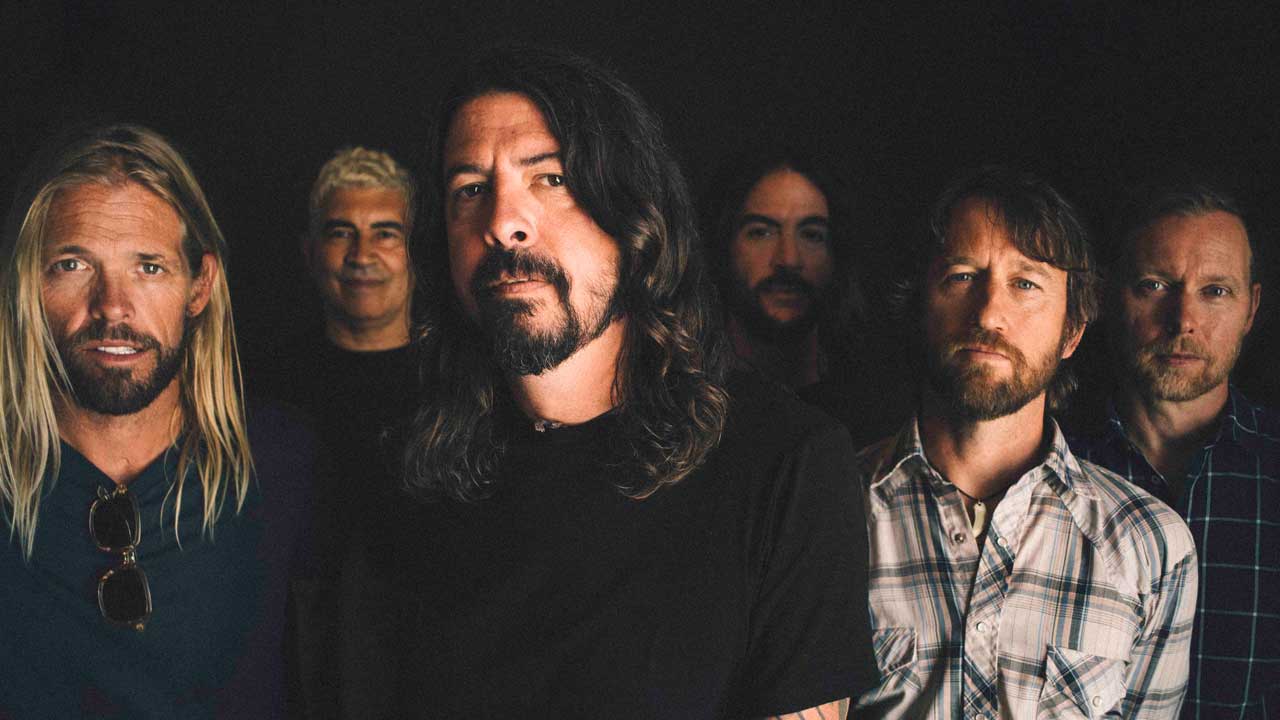Every Foo Fighters album ranked from worst to best (original) (raw)

Foo Fighters in 2017 (Image credit: Samon Rajabnik)
On January 8, 1995, Pearl Jam vocalist Eddie Vedder broadcast two songs, one a cover of an Angry Samoans track, from a demo tape by a new Seattle-based rock band, on his Self Pollution Radio show. “I’m just going to let these songs fly,” said Vedder. “They’re really good.” This was the world’s first exposure to the Foo Fighters, a new group led by former Nirvana drummer Dave Grohl.
In truth, at the point at which these songs were recorded, just three months earlier, there was no band, for Grohl had played every riff, pounded every beat and sang every note on his new project’s demo tape himself.
On February 19, 1995, the Foo Fighters – now featuring ex-Germs guitarist Pat Smear, who’d joined Nirvana for their truncated In Utero tour, plus Nate Mendel and William Goldsmith, rhythm section of the recently defunct Seattle emo group Sunny Day Real Estate – took their first faltering steps in (semi) public, performing at a keg party for friends above a boating store on Seattle’s Mercer Street. It was weeks before Dave Grohl got around to listening to a recording of his new band’s first show.
“I was fucking mortified!” he told Rolling Stone magazine, 20 years on. “I thought we sounded great… [then] I heard the recording. [I was] like, ‘Oh… that’s the Foo Fighters? We’ve got to practice!’”
Once dismissed as ‘The Grunge Ringo’ by a caustic UK music press, Grohl can afford to laugh. In 2023, his band exist as one of the most successful rock acts in the world, but their path to the top has not been without turbulence and tragedy. The easy-going and charmingly charismatic Virginia-born musician has been unafraid to take bold and unpopular managerial decisions in pursuit of his dreams, but his band have retained credibility even as their commercial appeal soared.
After Nirvana’s abrupt demise, Grohl was offered a position playing drums with Tom Petty’s Heartbreakers: onstage, he shares some of the late singer-songwriter’s everyman charm, helping his group secure a position in the heart of mainstream American rock.
“I remember there were people that really resented me for having the audacity or gall to fucking keep playing music after Nirvana,” Grohl said in 2009. “It was the most ridiculous thing. I was fucking, what, 25-years-old? I was a kid. I’m sure that the thing I was supposed to do was become this brooding, reclusive dropout of society and that’s it.
"Nirvana’s done, I’m done, that’s the end of my life," he said. "Fuck that… When Nirvana ended, I wasn’t finished. I’m still not fucking finished."
In 2022, of course, he had to make the choice again, and this time it was his brother-in-arms, Foo Fighters drummer Taylor Hawkins. But after a respectful pause for grief, reflection and tribute, the band re-emerged with an album that was as much celebration as it was eulogy. Their journey is far from over.

Sign up below to get the latest from Classic Rock, plus exclusive special offers, direct to your inbox!
A music writer since 1993, formerly Editor of Kerrang! and Planet Rock magazine (RIP), Paul Brannigan is a Contributing Editor to Louder. Having previously written books on Lemmy, Dave Grohl (the Sunday Times best-seller This Is A Call) and Metallica (Birth School Metallica Death, co-authored with Ian Winwood), his Eddie Van Halen biography (Eruption in the UK, Unchained in the US) emerged in 2021. He has written for Rolling Stone, Mojo and Q, hung out with Fugazi at Dischord House, flown on Ozzy Osbourne's private jet, played Angus Young's Gibson SG, and interviewed everyone from Aerosmith and Beastie Boys to Young Gods and ZZ Top. Born in the North of Ireland, Brannigan lives in North London and supports The Arsenal.